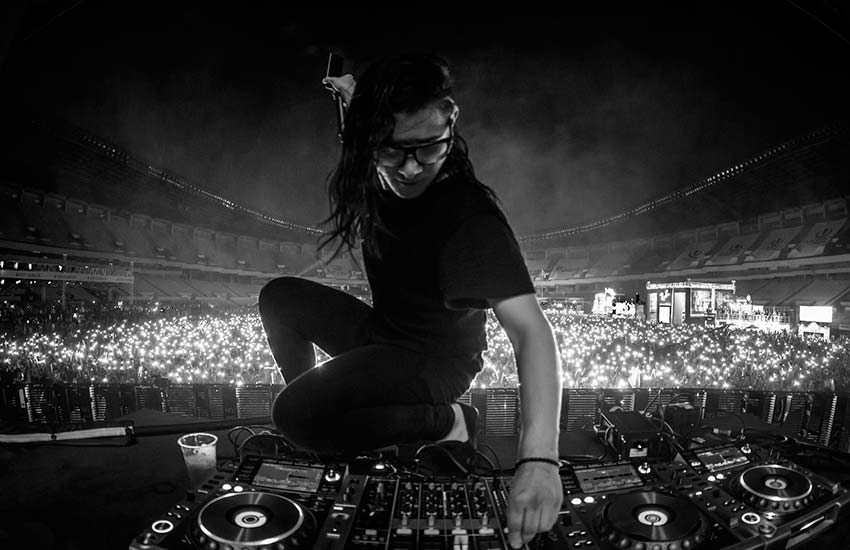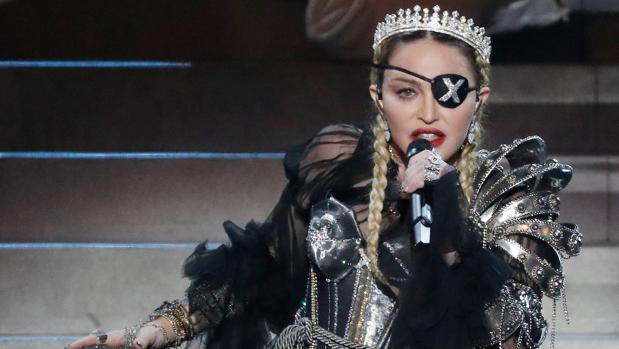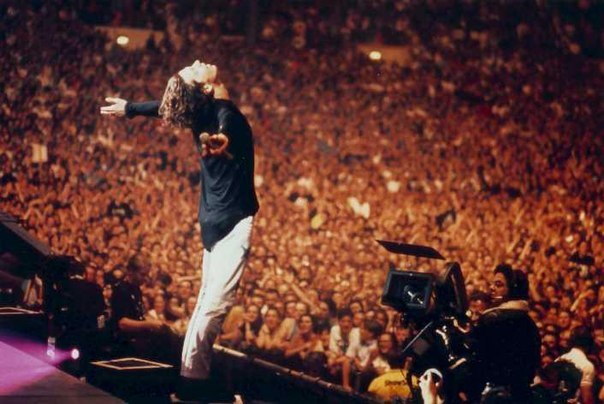Where does dubstep come from?
Let’s keep it simple. Today’s letter: a brief overview of the history of dubstep and a commentary on the absolute (absolute?) failure of the genre.
Well, the origins of dubstep were in the late 1990s, led by artists such as Skream and Benga and influenced by the very classy Jamaican dub, the Sound system and the UK’s obsession with sub-bass.
But we’re not going to talk about the origins of dubstep here. What brings us to these blogs about commercial failures in the music industry (in the final part of the blog I leave links to the other blogs in this little series) is music that fits squarely into the mainstream genre circuit, and in this genre the era that fits in would be the stage that has come to be known as Post-dubstep. Easy question: Who is the main representative of this stage? Yes sir, Skrillex.
The great era
OK, so far so clear, now a complete worldview is beginning to appear in our minds about the context of 2012, the era of the hit Bangerang, which we all listened to blaring out the volume of our iPods and mp3s trapped at home while the musculitos in Ibiza T-shirts were getting their rocks off in the discotheques to the rhythm of electrolatino singing absolute wonders of Lorca’s verse such as “Mamita loca, cosita linda/ with that body you look divine/ when you walk you drive me crazy/ I want to eat you up little by little”.
Where did dubstep end?
Whatever happened to dubstep? Dubstep turned our brains upside down, and its concept was extremely fresh, innovative, minimal, creative and danceable. But from one day to the next it vanished completely. Wait, did it really fizzle out? Well, then let’s go with that. What was the problem with this genre, why didn’t it know how to cope with the dynamics of the music market in a better way?
Possibilities
Well, the problem was probably the addictiveness of the genre itself. Now that we are dealing with the coronavirus and the famous graphs of the epidemic’s containment curve, I think it is the right time to establish a simile:
While dub suffered a slow development – barely leaving the borders of Jamaica during the genre’s first decade of music – in its later stages it has gained almost underground but fabulous recognition, with success and endless replications by amateurs and professionals, so that many people today know the style. In view of this, we can appreciate how its ageing has been to some extent very good. Dub is therefore a genre that, without necessarily renewing itself (most dub bands stick to the classic features of the style), has popularised very slowly but has resulted in a long life.
OK, what about dubstep? By comparison, this style caught on in a really crazy way, and a few months after Skrillex’s major hits (First of the year, Cinema, Bangerang and others) were released, the style underwent an “unstoppable” development. But what goes up fast, goes down fast. In 2015 very few people remembered dubstep, the flame had gone out.
User experience
I experienced all this myself: I listened to Skrillex tracks 100% “fattened up” for months. Nowadays (still), those same tracks make me very, very lazy: I’ve tried to listen to any Skrillex song again and I find it really difficult. That was the problem with dubstep, that dubstep tracks were 100% dubstep. Easy, isn’t it? But let’s not get bland, let’s get into it a bit more.
Delving into the depths of failure
What are the elements of dubstep that led to its downfall? Well, in this case everything would point to the main concept of the genre: the need to generate activation through the excitement of sound; the aggressiveness of it all; the screeching, overly saturated sound; the uncontrolled contrasts between piercing highs and rough bass at very packed, high volumes.
History has shown time and time again that people value a technically simple kind of music and a warm and calm mix as much as possible, and this genre represents the opposite. If you look closely (I know I repeat this on most blogs of this style) electronic genres whose sounds are very excited and/or generate excitement (certainly not as much as dubstep) have usually been confined to club-type audio environments, not having full access to the mainstream circuit.
The case of dubstep is that of a style based entirely on the strategy of generating an aggressive sound through constant sonic stimuli that travel up and down the stereo and up and down the frequency landscape. All the choruses were a hook that contrasted with a quieter, more melodic verse, often cut off in the treble and then rising in the build ups and bursting violently in the chorus, which came with a deadly aggressiveness and full of contrasts from the second 0 to the end (and we loved that, but it was a difficult aesthetic to maintain beyond its small period as a novelty).
Therefore, if techno or house music have nowadays been reduced to dance spaces and not to radio (other than unpopular and/or thematic) or mainstream listening platforms, and dubstep being much more cutting and to a certain extent “chaotic”, it is quite logical that it would end up being directly depressed.
Is dubstep dead?
Absolutely not. Don’t be misled by my verbiage: commercial collapse doesn’t mean death. Dubstep is still a very interesting genre today, but it is no longer possible to use it in such an explicit way, at least not if you want to access the media that sponsor and disseminate mainstream music. Its elements used to a certain extent can be functional within certain productions.
Summing up a little and making some well-deserved mentions in the current panorama, dubstep still lives in different artists among which we could highlight Haywyre, Gramatik, Dj Snake, Chainsmokers and Anomalie among many other galactic artists who use it as a slight detail or contrast between parts, as a link, etc… in these cases the appearance of the genre is normally in the form of a small melodic-rhythmic redoubt; a very versatile redoubt that serves to apply contrasts in the themes by means of certain elements born of the need to provide a sensation of energy.
As always, I hope with all my heart that you have enjoyed the blog and that you will continue to follow me here every week. Remember that you can buy a rap, trap, dembow, pop, r&b, dembow, reggaeton… instrumental! A la carte.






